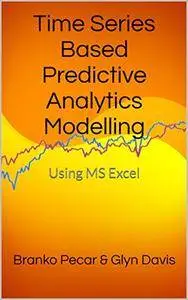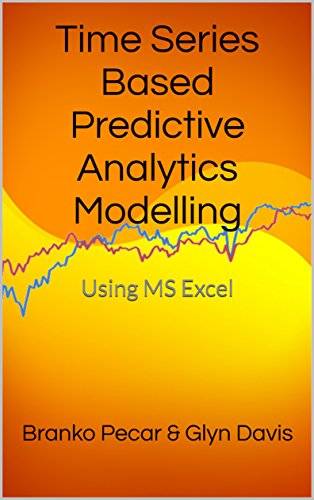Time Series Based Predictive Analytics Modelling: Using MS Excel
2017 | English | ASIN: B01N9C1RI1 | 354 pages | PDF + EPUB (conv) | 29 Mb
2017 | English | ASIN: B01N9C1RI1 | 354 pages | PDF + EPUB (conv) | 29 Mb
This book explores the basic predictive analytics modelling techniques and puts emphasis on the time series based approach to forecasting. The methods covered in this book include basic models, such as regression, classical decomposition, exponential smoothing, etc., as well as more advanced approaches such as state-space modellings and Box-Jenkins ARIMA stochastic modelling. In addition, some specialized approaches to forecasting are covered, such as artificial neural networks, fuzzy logic, chaos theories modelling, frequency space approach, forecasting in the supply chain, etc. The unique proposition of this book is that all the models are created using only basic MS Excel functions. The book does not rely on Macros, VBA or proprietary created Excel functions. It uses only the standard Excel functions to create complex models, such as autocorrelations and partial autocorrelations coefficients, ARIMA coefficients and other models. The book also provides insight in some new Excel functions and algorithms, such as innovations state-space modelling. The models covered are grouped into single point forecasting models, medium range methods and the long-term forecasting methods. For every group of models different types of time series are considered, such as stationary vs. non-stationary time series approach and seasonality vs. non-seasonal models. The book also makes a reference to a repository website, where all the Excel models that accompany the book can be downloaded for free.



